Puffballs, the other, other white meat. Even if you haven't ever thought about eating one, you've probably seen these around, and likely kicked them as a child, I know I did growing up in the windy plains of Midwestern Minnesota.
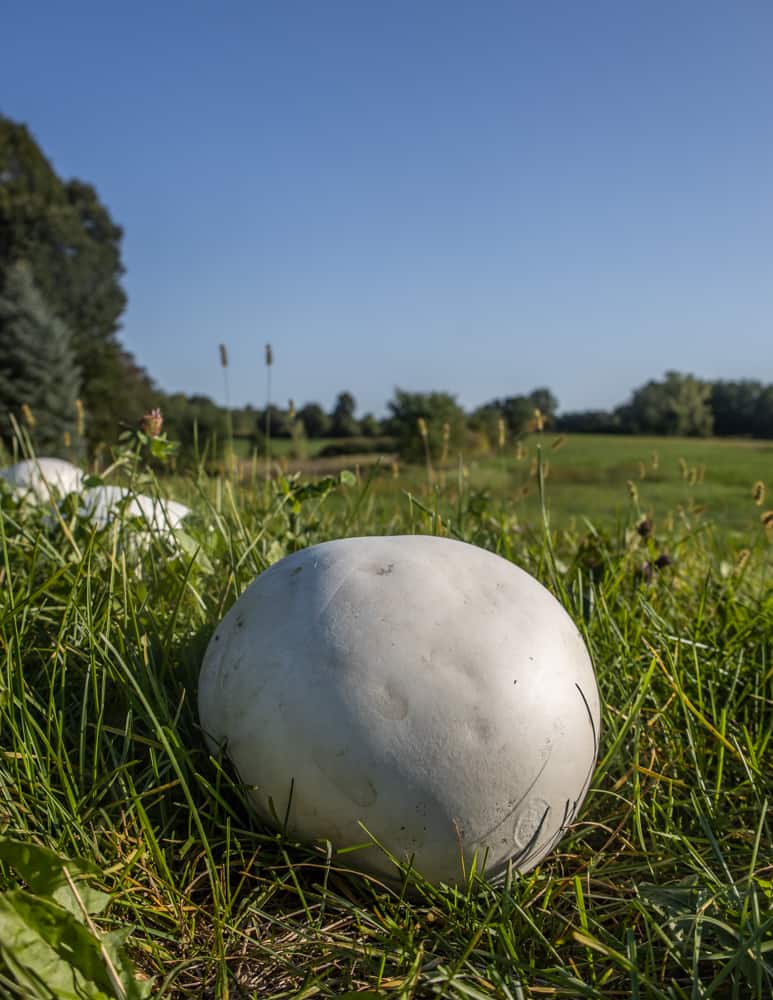
They're easy to spot, generally very large, and pretty versatile in the kitchen. They also don't have poisonous look a likes, if you pay attention. If it's solid, lacks gills, and is shaped like an ovoid blob, you probably have yourself a puffball.
Habitat
Puffballs grow anywhere that their spores have landed, so unlike mushrooms like chanterelles or hen of the woods where they come up exactly in the same spots, puffballs can move around a bit as they're not bonding with a particular tree.
That being said, I do have puffball patches where I see them every year, and once you find a dependable spot, it can give large amounts of mushrooms annually, if you get them at the right time.
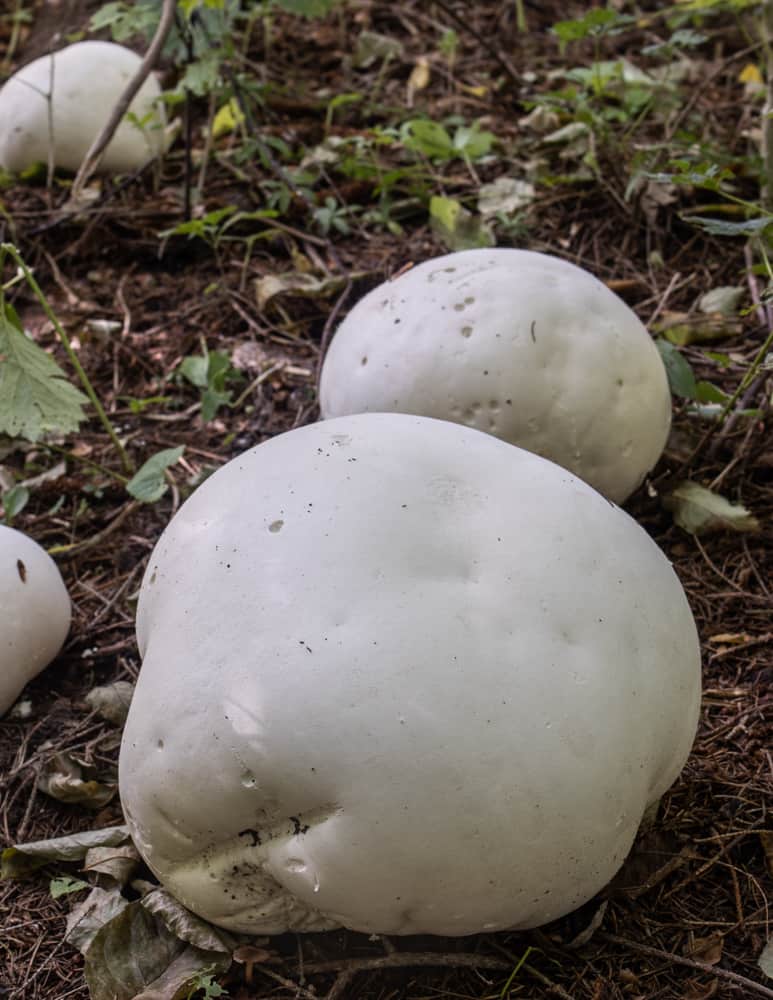
I have seen them in fields, in the deep woods, and directly on trails. This is because, unlike many other mushrooms that are parasites, or live in harmony with specific trees, puffballs are just huge spore factories and after they mature, they let their billions of spores fly on the wind.
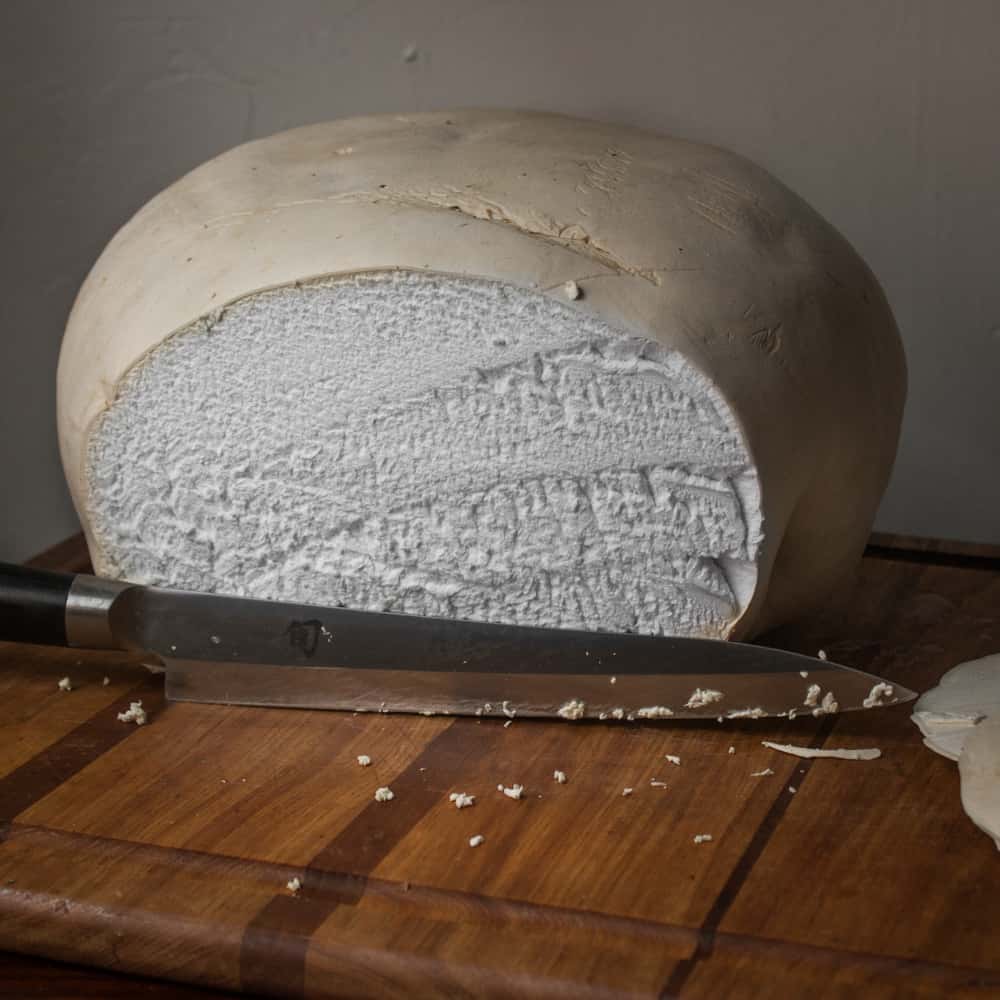
Multiple Species
Most people know the large, field dwelling alien soccer ball, but there's a couple other puffs out there that I like, and to sweeten the deal, I think the others are better than the big white guys. Heres a few I've picked, eaten, and enjoyed.
My measly 3 species on this page doesn't even scratch the surface of unique, individual puffballs you can eat, but, I would say they're probably my favorites (especially the little brown ones).
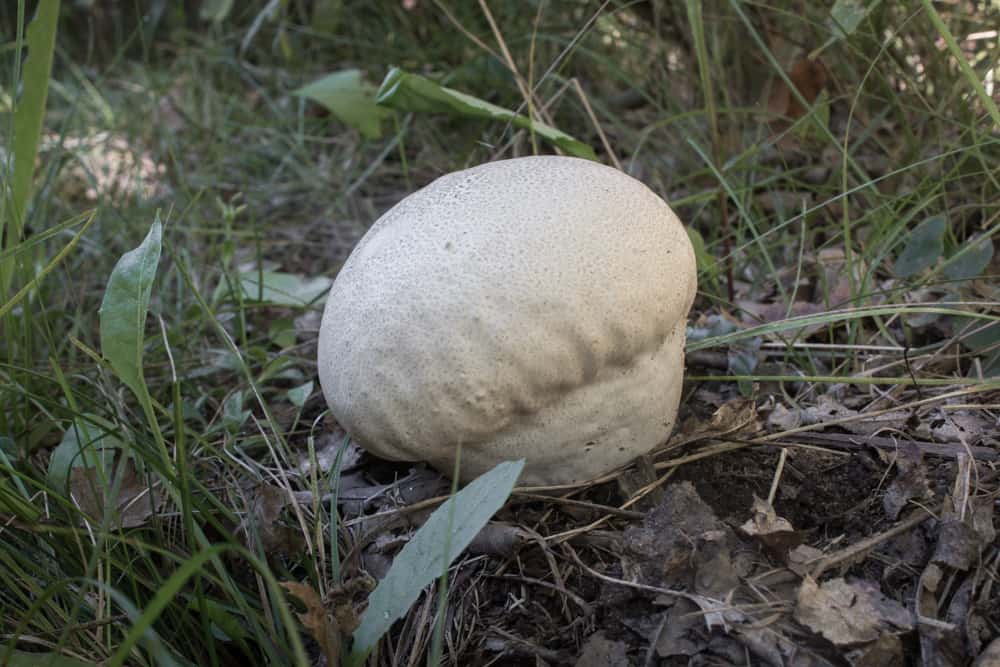
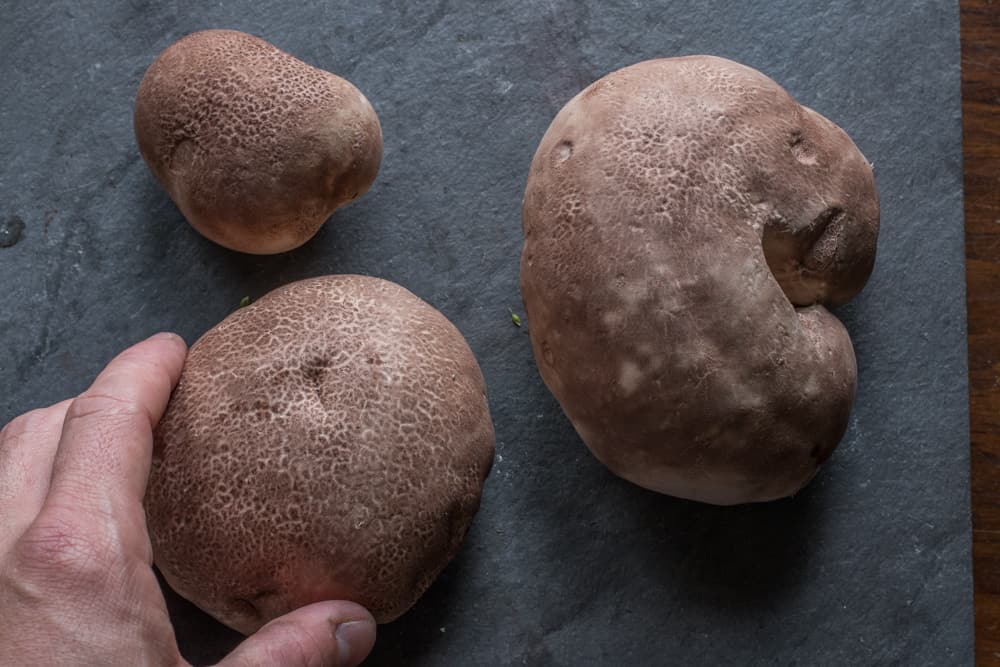
Harvesting
First things first, when you find a puffball, no matter what size, turn it over and inspect where it attaches to the ground.
Cut away the flesh with dirt attached, then inspect the mushroom for color: it should be absolutely, perfectly white. If it's at all yellow or greenish, it's too old, look for another one or use it as an excuse to kick it like a soccer ball and not feel bad about it.
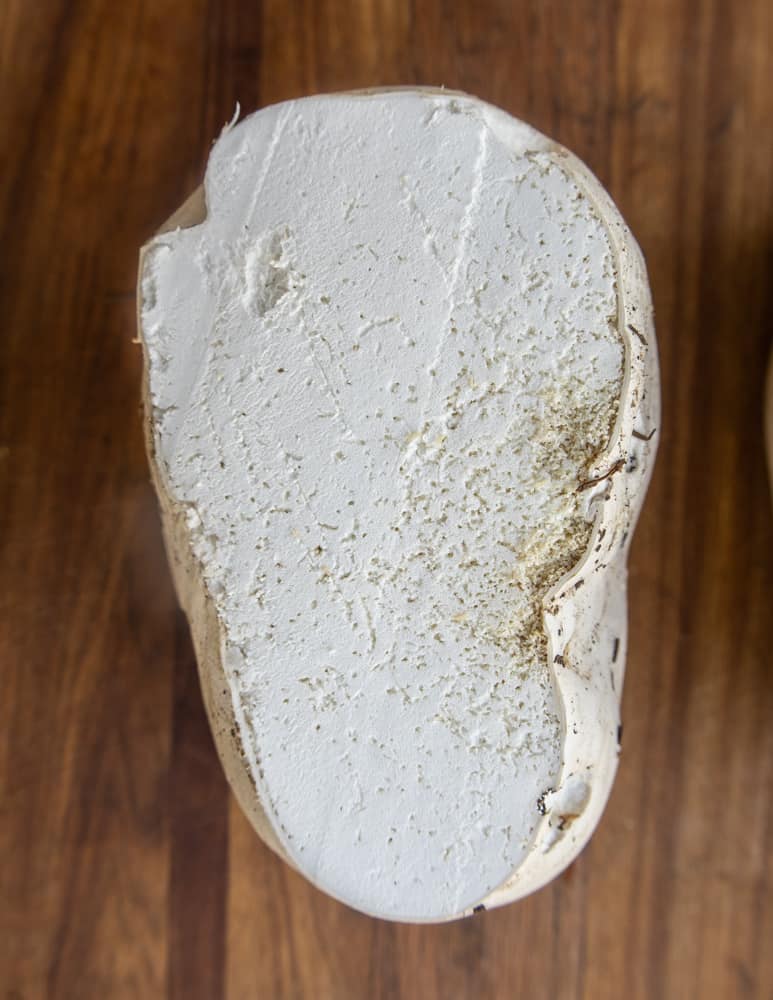
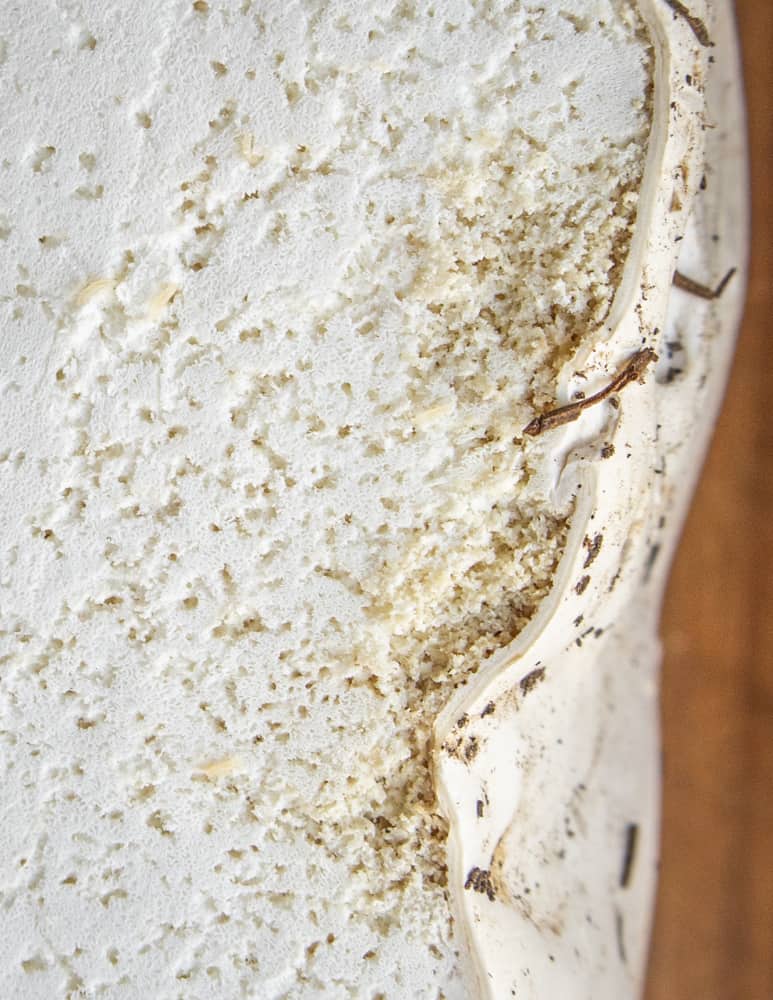
If you see tunneling which can mean worms, cut away the mushroom flesh to see if you can remove any sign of tunneling, if you can remove any tissue with holes in it, and the rest is still perfectly white and firm, you should have removed the bugs and they won't continue to eat the mushroom.
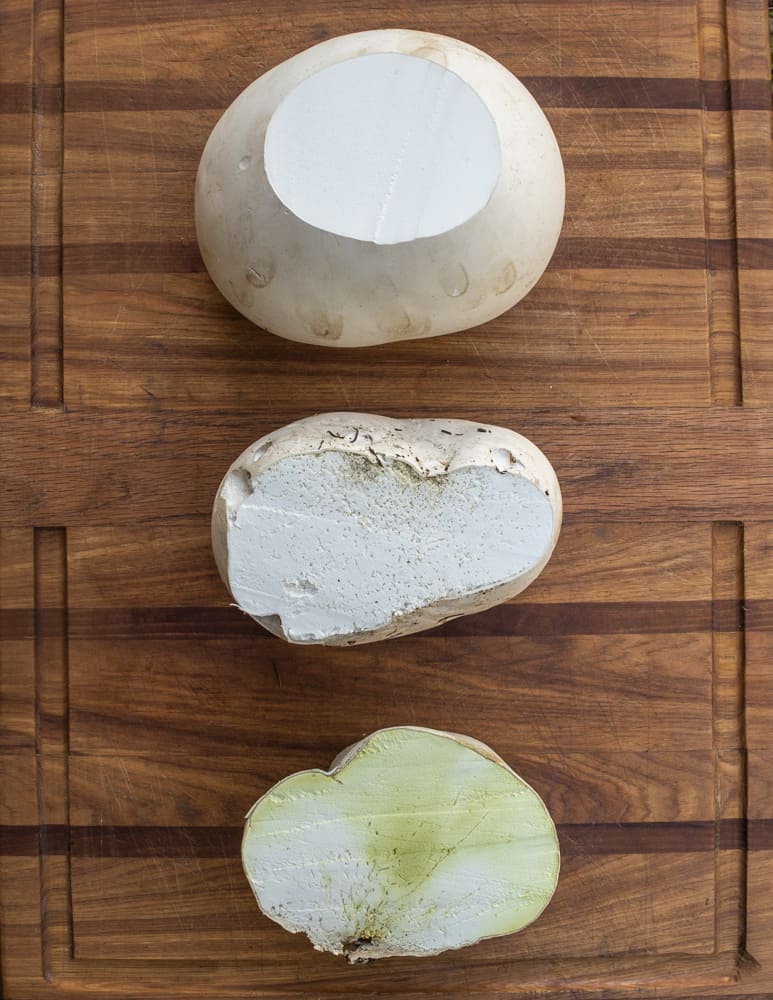
Middle: Buggy but technically "edible".
Bottom: Discolored, past prime and not for the table.
Chill that puffball!
My grandmother mentioned a while ago that she and grandpa enjoyed the puffballs they'd picked in the back 40, but after a few days they started to smell where they were sitting on the counter.
Puffballs, like meat, are basically pieces of protein material, and if you leave them on the counter, they're going to go bad just like meat, and they will stink, bad. Puffballs, just like any other mushroom, must be refrigerated as soon as possible after picking.
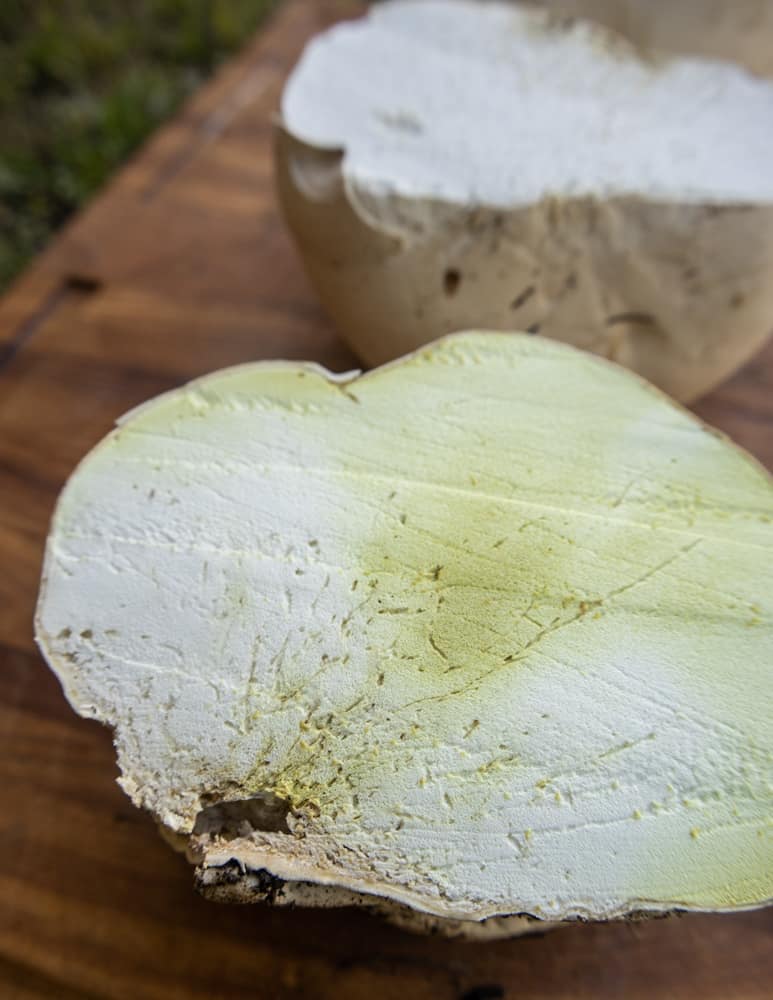
Just like harvesting a wild animal, chilling the mushroom down as fast as possible is one of the first lines of defense to ensure you get a great shelf life out of your puffballs. There's a problem though: puffballs can be very large, and can be impossible to fit in your fridge.
You have a few options here, and it's really up to you. For cooking fresh, you can cut the mushroom into hunks that will fit in the fridge, chill them, then rotate in any others until they're all cooled down.
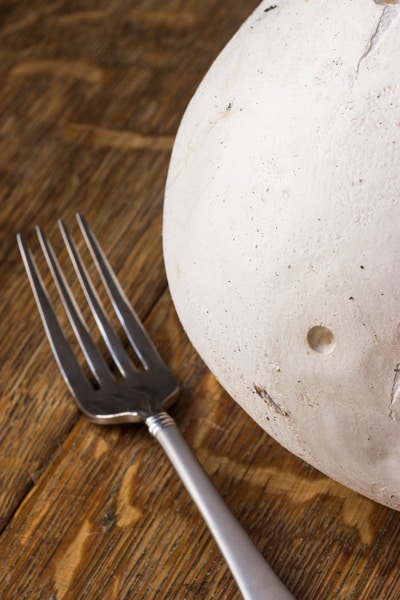
What I usually do is dehydrate or make some into space saving puree or hummus (recipes at the bottom of this post) —all good examples of what you can do with the excess puffball that can't fit in the fridge in its raw form.
The fresh puffballs will get cooked a few different ways, over the next few days, or some of them might get sliced, cooked, and then frozen to make something like lasagna in the winter (recipe at the bottom of the post).
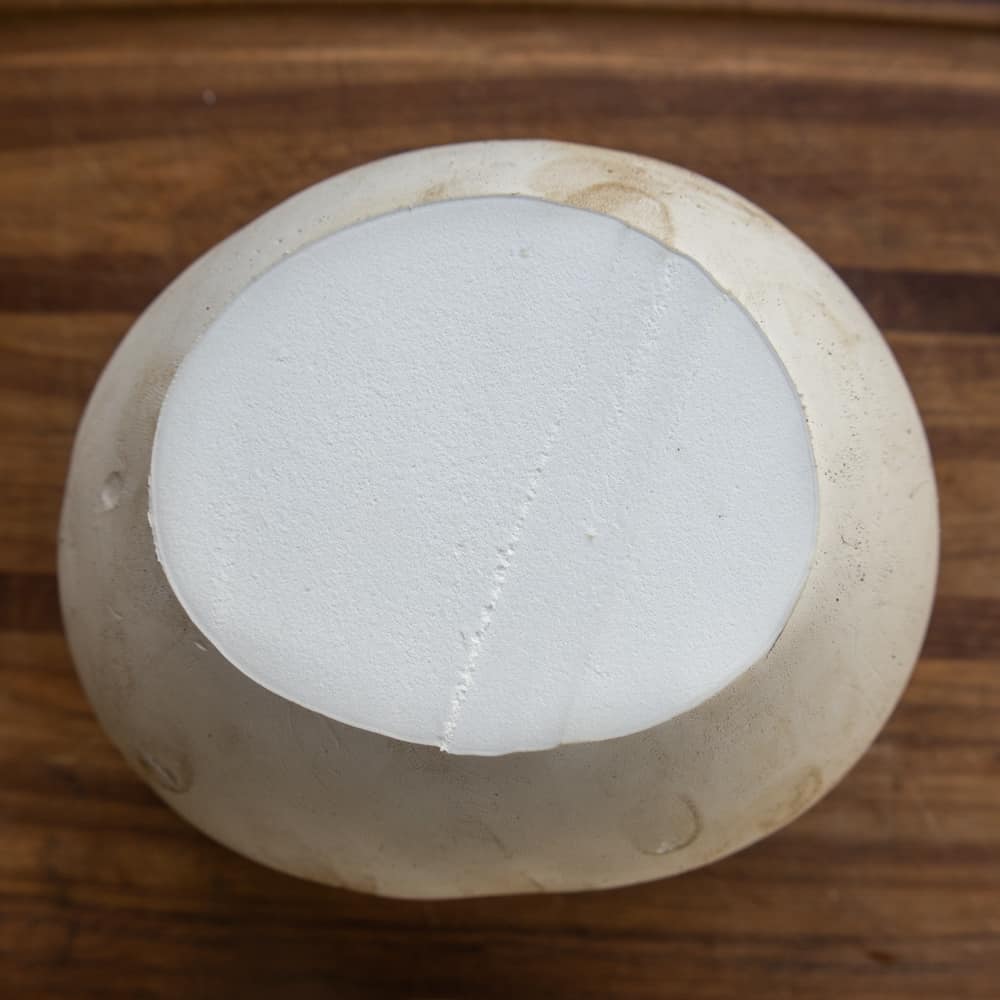
Look a likes
Puffballs do have some look a likes to know, but, if you're harvesting giant puffballs, as the majority of people are, they're nothing to really worry about, as the look a likes are typically much smaller. They are important to know though. Here's what to look for.
Avoid any round similar mushrooms that
- Are black inside (earthballs/Scleroderma)
- Are small, egg shaped, and/or when cut in half, show undeveloped gills and cap (amanita buttons, potentially fatal)
Scleroderma / Earthball / Pigskin Poison Puffball
Scleroderma mushrooms or common earthballs are a very common mushroom that come up around the same time as puffballs.
It's easy to tell them apart from edible puffballs in that they are mostly very small, around the size of a golf ball, and the inside of them, even when young and firm is dark purple to black, they are never white inside as a true puffball should be at the edible stage.
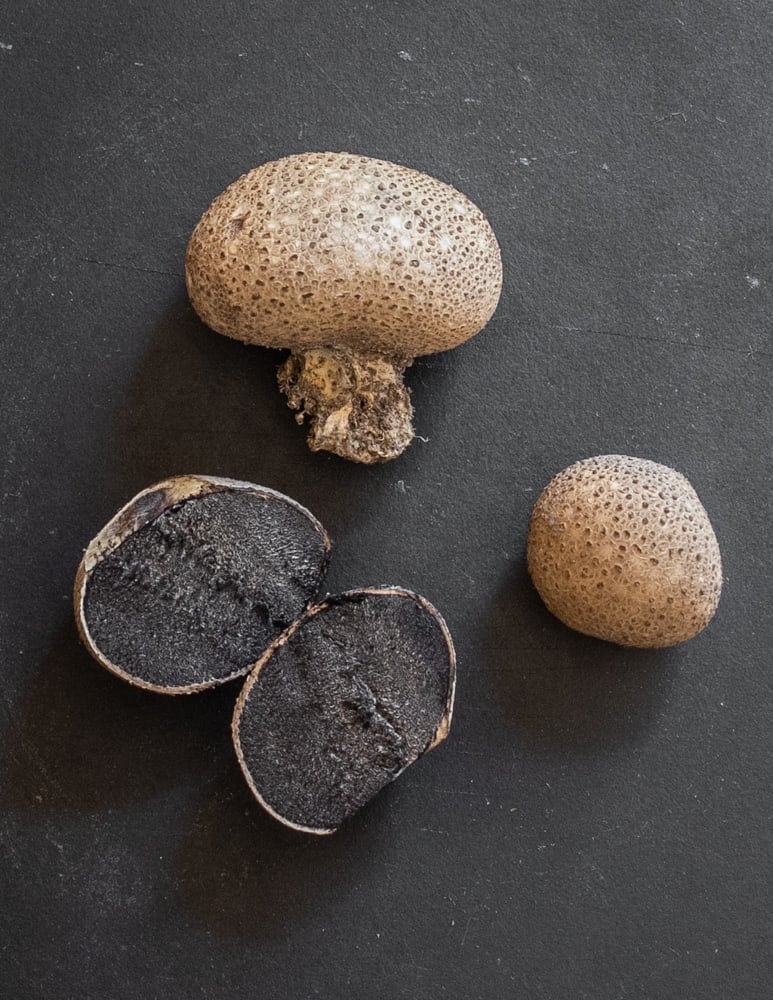
Amanita Buttons
As you can see below, very young amanita mushrooms may resemble small puffballs, but, just like with common earthballs, it is easy to tell the two apart with a simple understanding of mushroom structure.
Amanita buttons (the pic below is actually one I cooked, but you can see the resemblance) will reveal the shape of an unfurled, tightly coiled mushroom when cut in half, where small puffballs will be pure white fluff when harvested at the proper edible stage.
That being said, I rarely harvest very young puffballs for the table, so confusing these with the more commonly harvested giant puffball is going to be pretty tough, since amanita buttons will be about the size of a golf ball to a tennis ball depending on the species. If you stick to giant puffballs, you're going to be just fine.

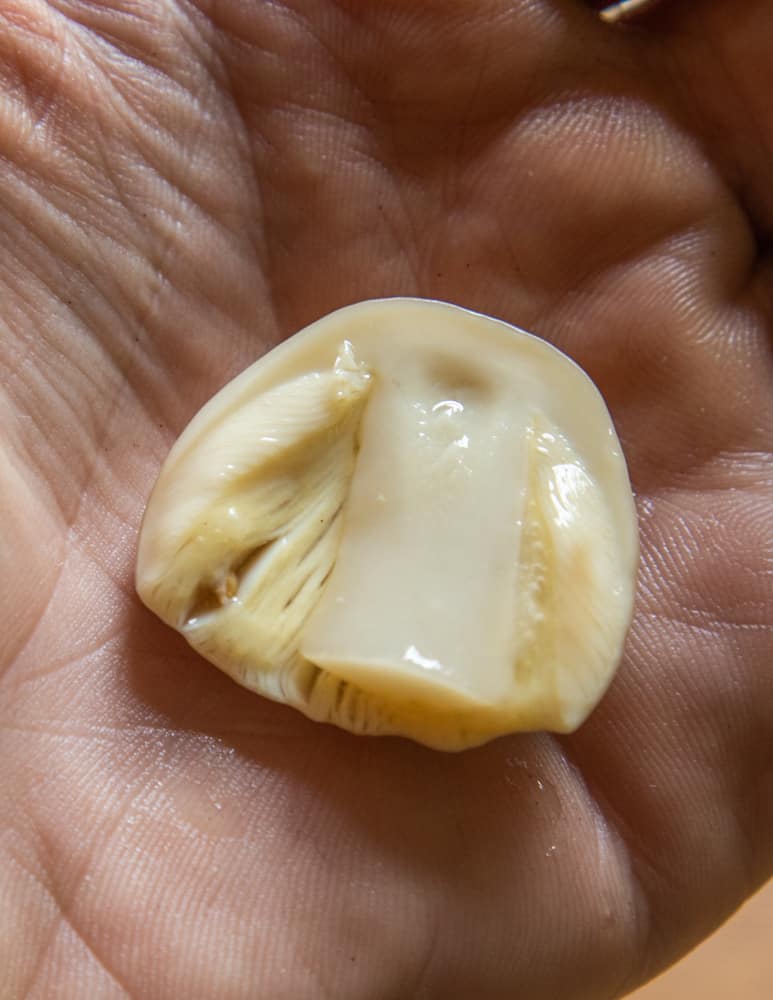
Cleaning
Cleaning is relatively easy with these guys, compared to most other wild mushrooms you'll find. They're covered with a leathery protective coating that keeps dirt out of the part of the mushroom you want to eat, which is pretty convenient.
In a restaurant setting, I keep the skin on the mushroom until I'm ready to cook them, since it keeps the mushroom flesh inside moist, while still allowing it to breathe. The skin peels off easily by using your fingers or a decent paring knife.
Can I eat puffball skin?
Yes, you can eat puffball skin, just make sure you brush it clean so you don't get dirt and twigs in your mouth. For the first few years I always peeled puffballs I picked, and I told other people to do it too.
As I've picked them more over the years I changed my mind, slightly. Here's my thoughts: peel the puffballs if they need to be peeled for cleaning, or if you've been keeping them in a cooler and using the skin as a natural shield to preserve freshness.
Otherwise, wipe them dry and cook the whole shebang. The outer crust isn't bad at all, and it's part of the mushroom. The texture is good too, giving a different texture than the inside, which can be sloppy and soggy if not properly cooked.
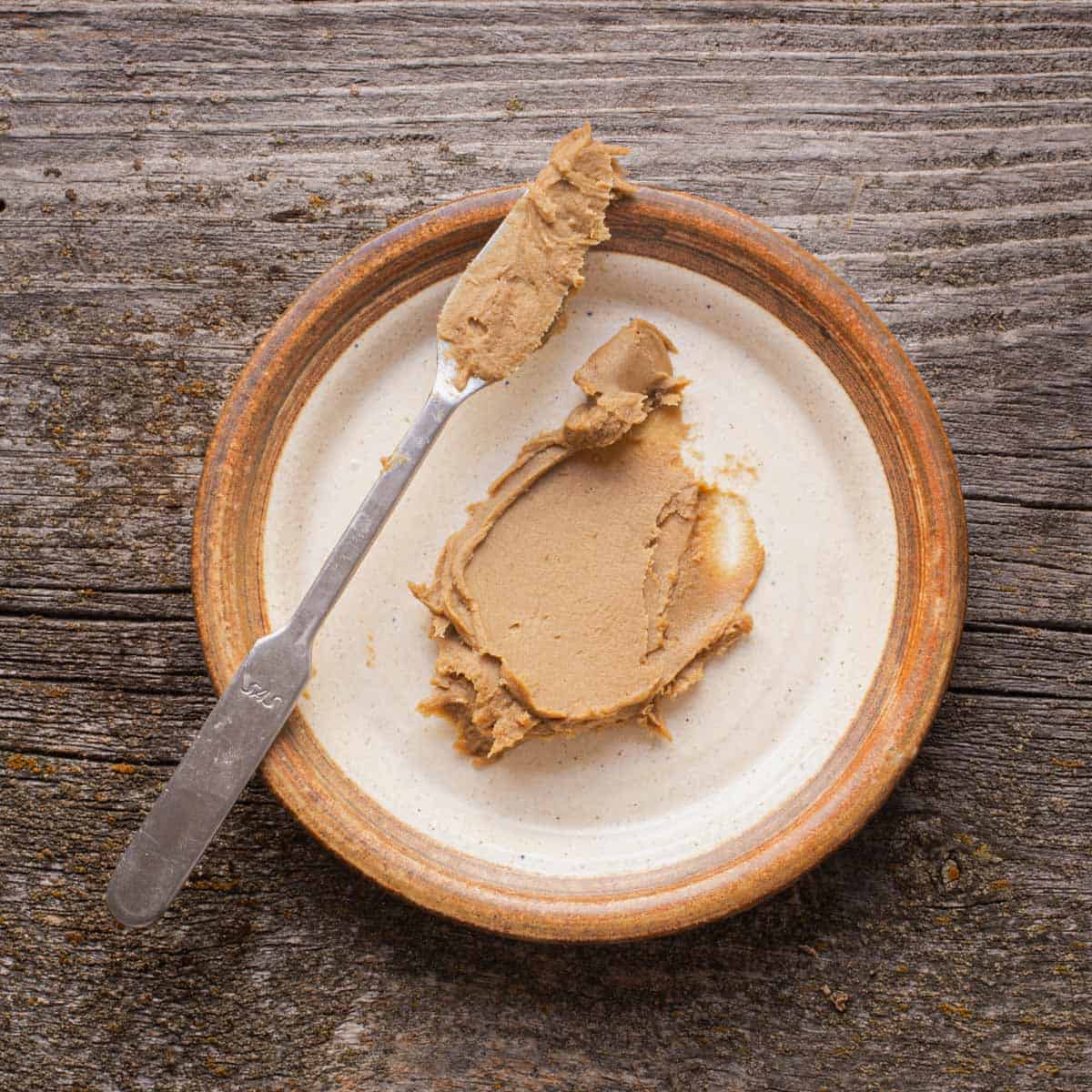
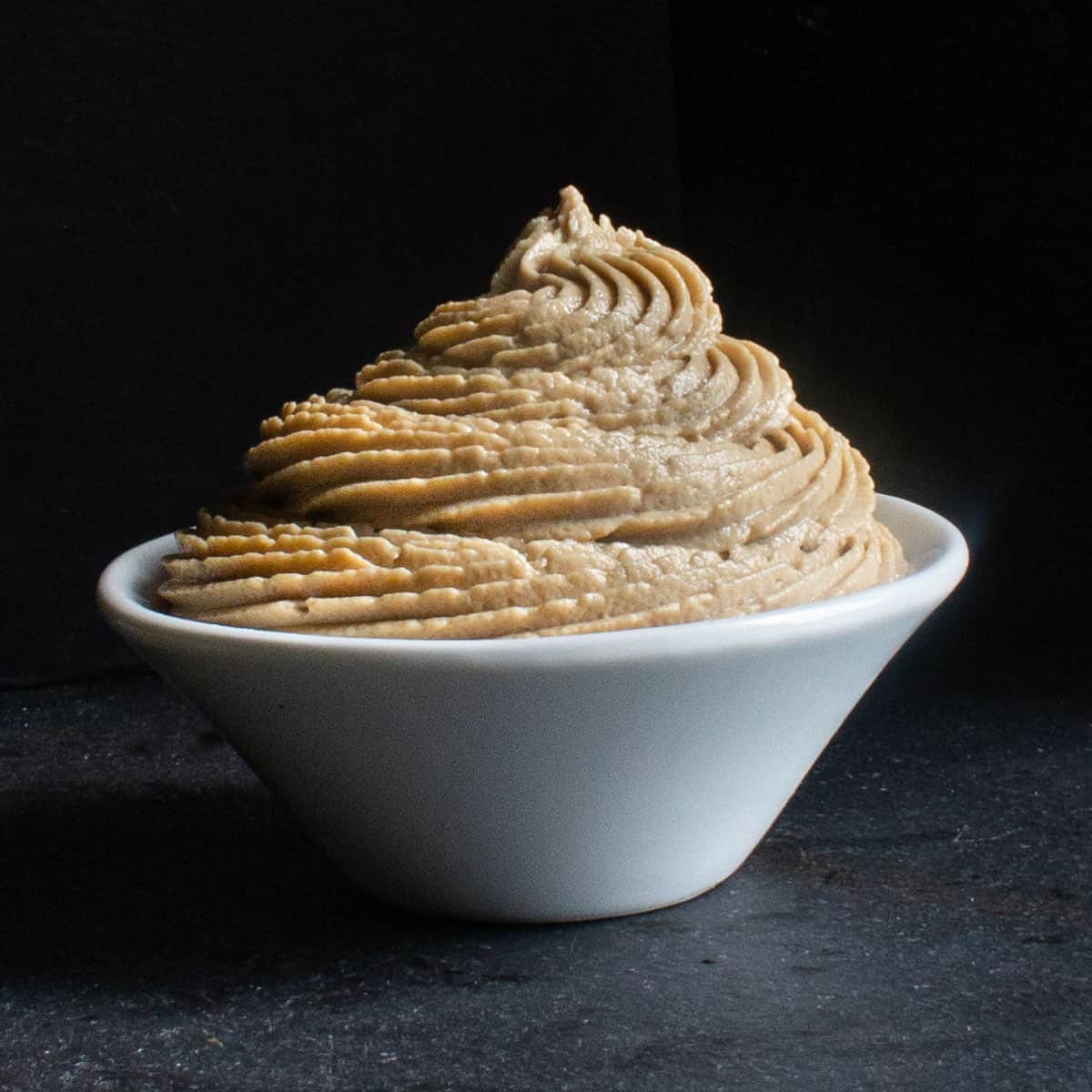
Cooking
There's a couple different ways to approach these. most people will batter and fry puffballs, and that's fine, I do too. I don't eat fried food all the time though, and sometimes I need something lighter.
Without a breading, the biggest thing to know, unless you want to put them in soup where they become a bit like mushroom marshmallows, is that puffballs like to be browned, they love it.
Greasing them up and then baking or putting in a large skillet until golden will unlock real flavor in these, flavor you wouldn't expect each slice to have from something that can be so massive.
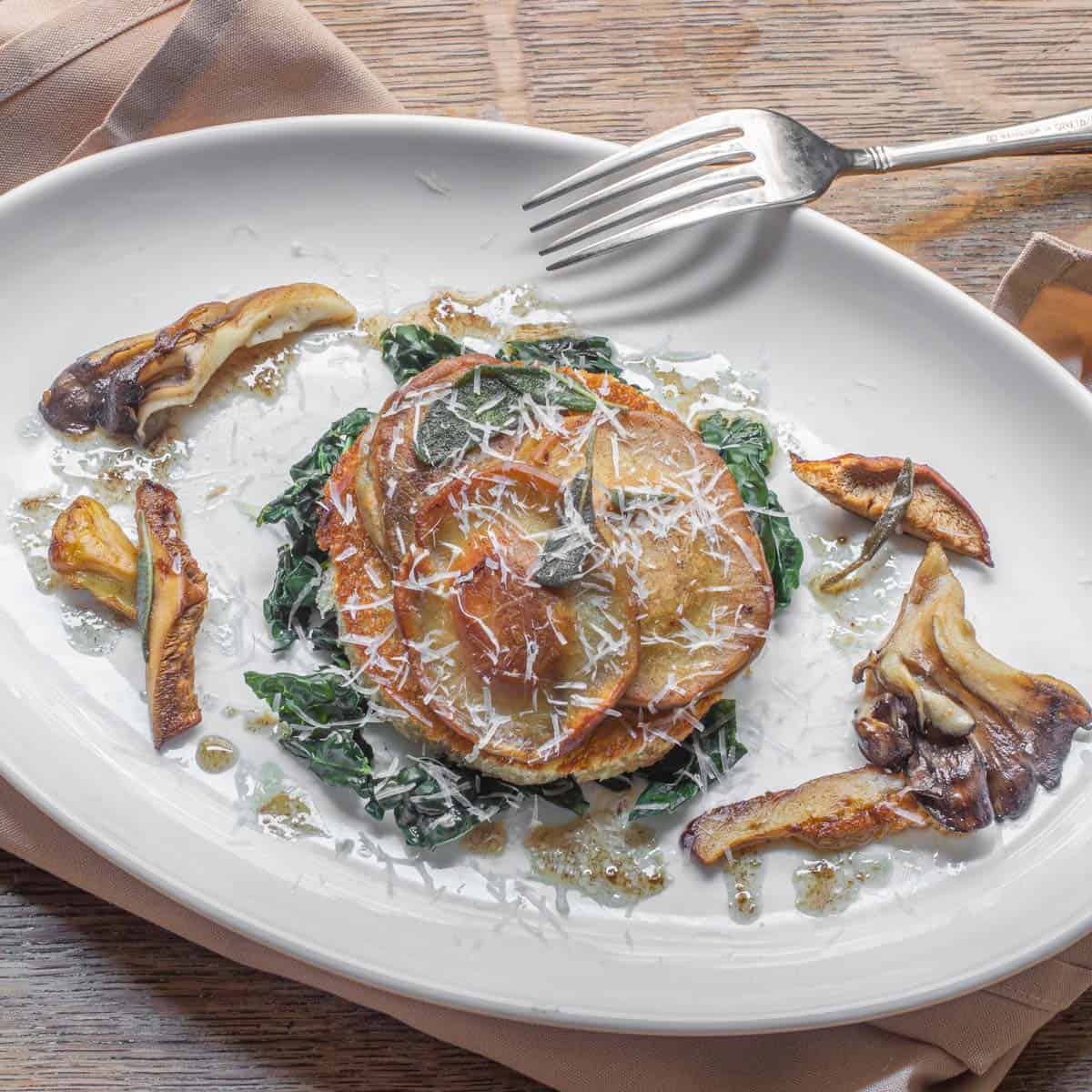
Cooking Puffballs as a Tofu Substitute
This is a great idea, and to be honest I feel slightly better about eating puffballs like tofu than eating tofu like tofu. Sear them and put in a stir-fry, cut tiny chunks and float in miso soup, grill them and toss in teriyaki-whatever your tofu poison, puffballs will probably do it for you.
Generally when I cook these, I peel, then slice or cut into chunks. Afterword, I saute in oil or fat until they're golden brown, lightly seasoning them with some salt and pepper to draw out their nutty-cheesy flavor.
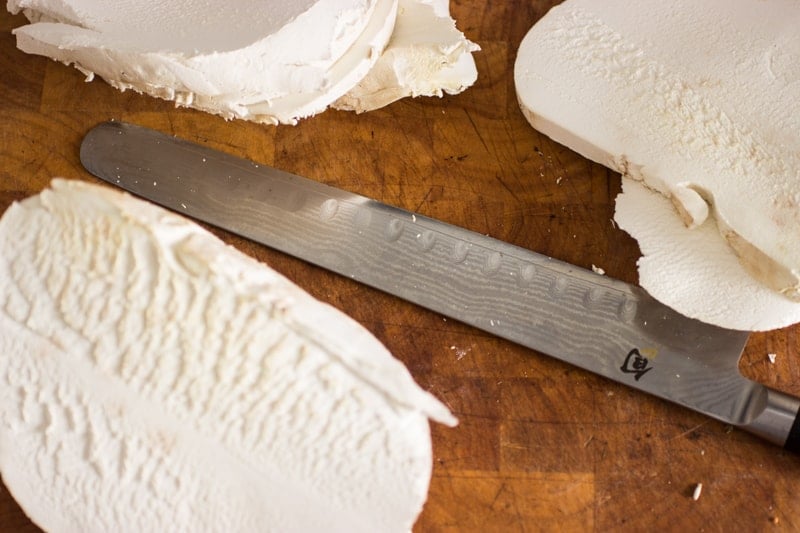
Puffballs as a GF noodle substitute
Slices of puffball, especially after they've been flattened with a rolling pin or compressed (see my notes on freezing below) make a very interesting, tasty substitute for sheets of pasta.
I wouldn't use them in place of something like spaghetti or fettuccine, but using them in place of sheets of pasta for lasagna or cannelloni can work. The finished dish will be much richer than if you used pasta, so it can be a good way to stretch a small amount of food to feed a hungry crowd.
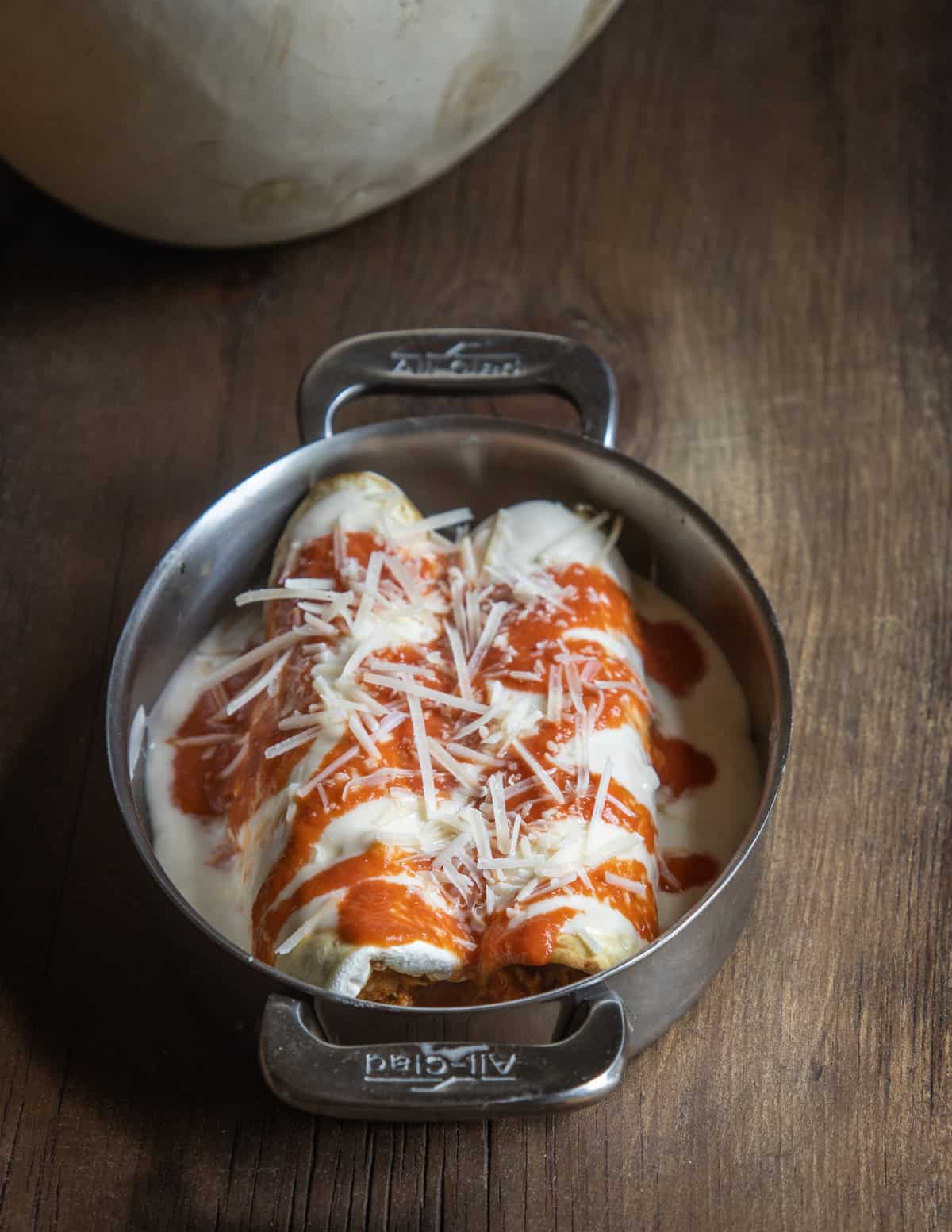
Classic fried puffballs
Breading and frying slices of puffball is a tradition in rural areas of the Midwest where I live.
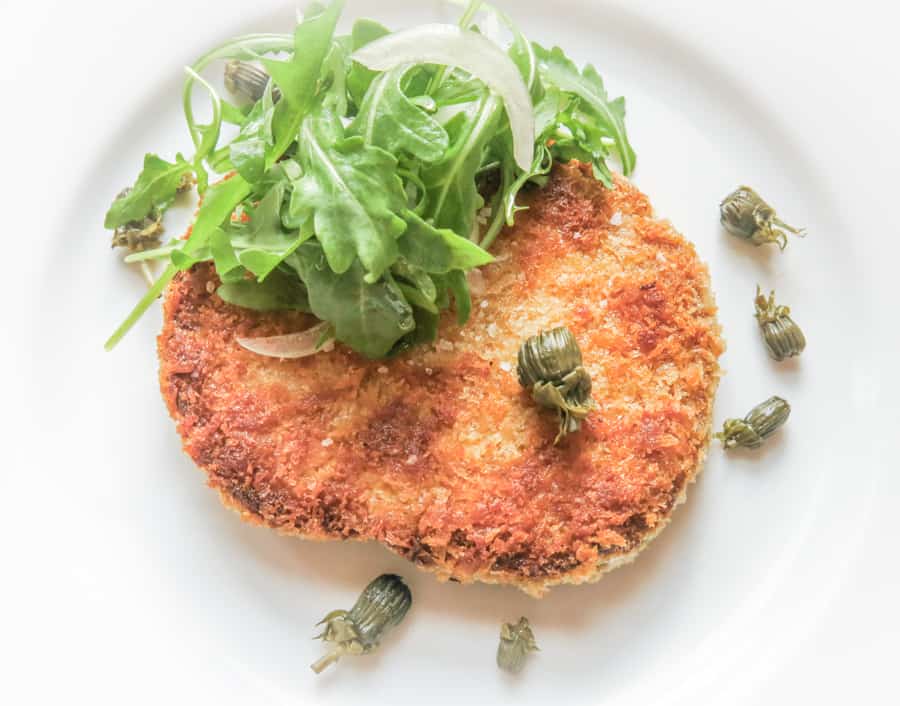
Preservation
Dehydrating
Puffballs dry well. To dehydrate them, peel and slice as thin as possible, then place them in a dehydrator (145-150F for roughly 24-48 hours or until cracker dry).
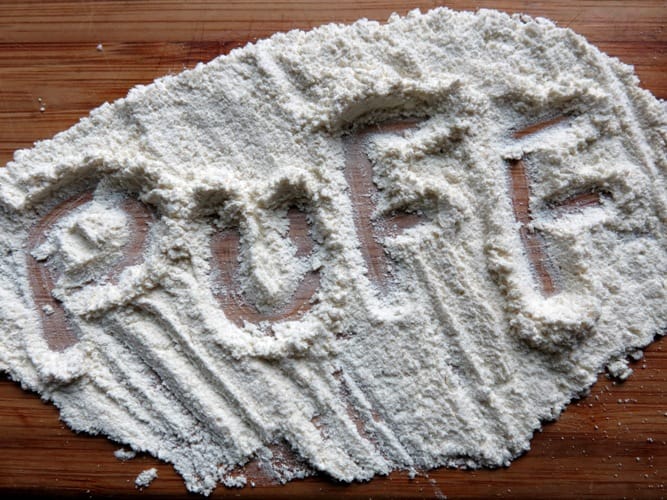
Strangely enough, even after a good run in the dehydrator, the fluffy, poofy composition of these things can be hard to get cracker dry after dehydrating. To get your puffballs cracker dry, I press down firmly on the slices of mushroom with my hand all over to compress them lightly before dehydrating.
A bit of warning: dehydrating puffballs will make your kitchen stink, and pureeing/grinding them up will fill the air with puffball powder, which is sticky stuff.
Open a window or puree dried puffballs into flour in wide, open areas, or bring the blender outside with an extension cord, and consider wearing a mask. I process all my mushrooms in my garage with the door open.
After dehydrating, you can grind the dried mushrooms to a meal, or, you can just break them into chunks and store in a jar, which means you'll have to grind the dried puffballs whenever you use them. Both ways work fine, and dried puffballs will last for a long time after proper dehydrating.
Freezing
Freezing puffballs can work, but they must be cooked first. Puffballs can be frozen whole, and raw, without loss of color or texture, but freezing causes them to release water, that is a very stinky puffball nectar.
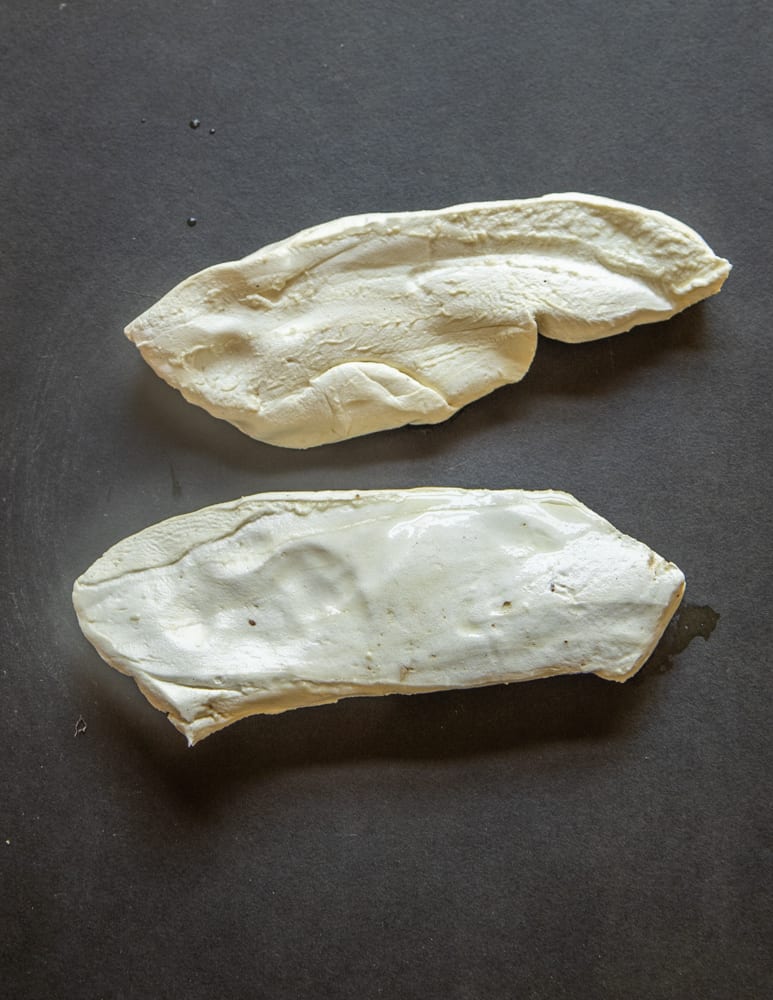
Freezing cooks puffballs in a way. Fresh from the field, puffball flesh will be crumbly and difficult to work with and cut into pieces. If the mushrooms are frozen fresh, they'll release an awful liquid when thawed. For the best finished product, you want to remove this beforehand by cooking and then re-freezing.
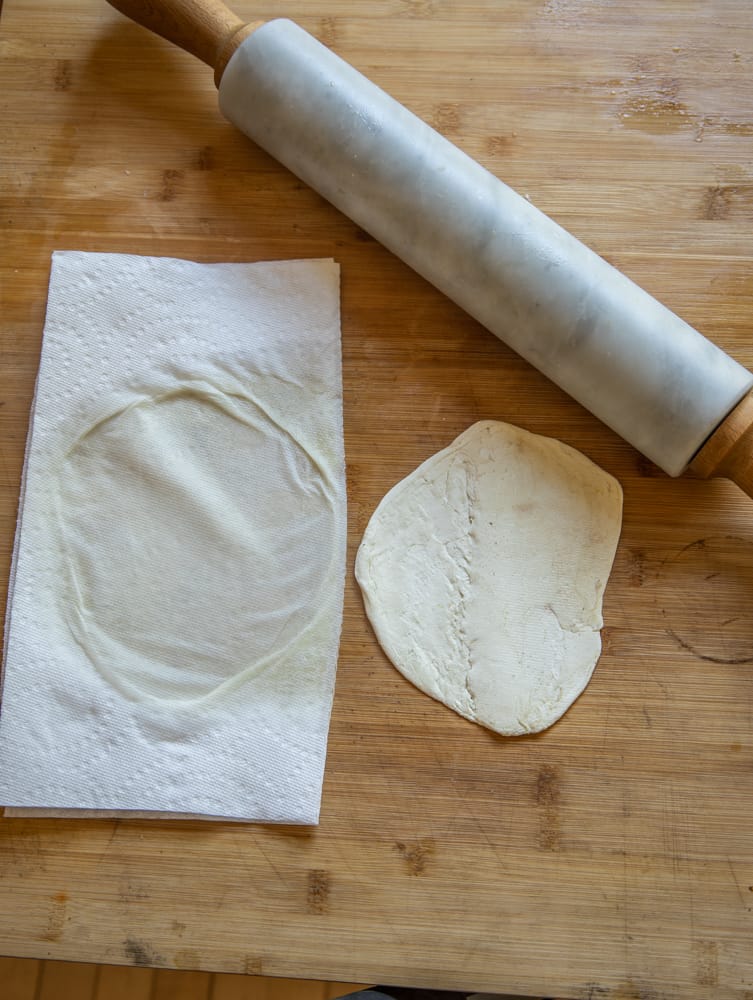
To remove the water from cooked puffballs, I like to put slices of them between paper towels and press a rolling pin of them, which helps absorb the water as well as flatten and compress them into a nice, firm-ish puffball pancake.
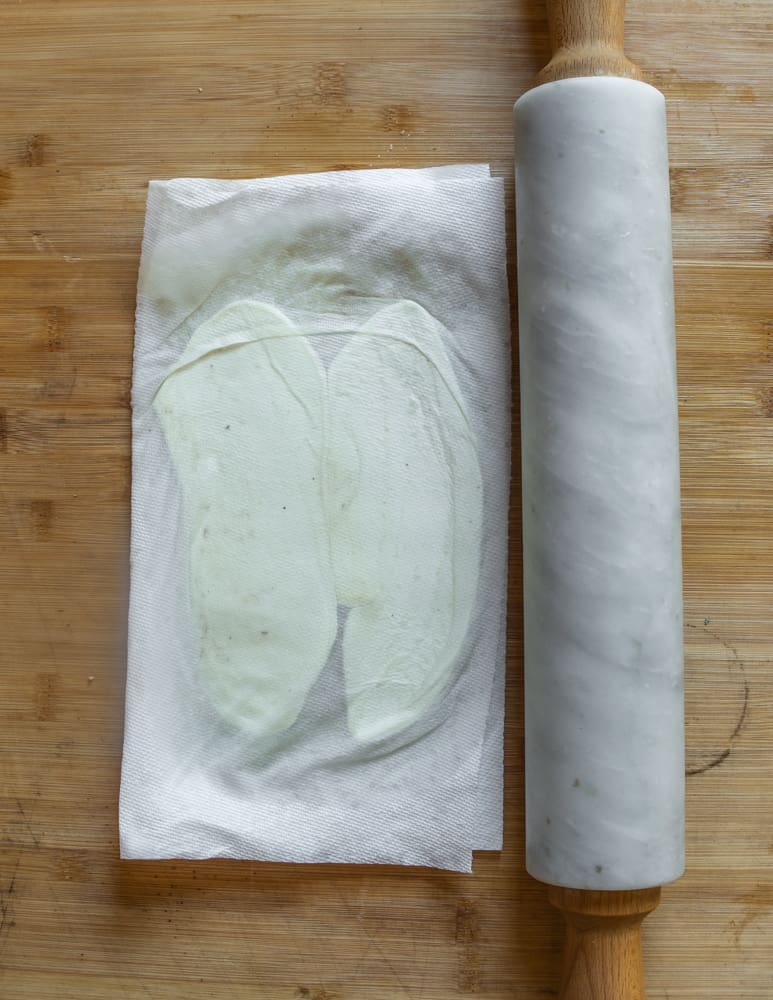
From there the puffballs can be vacuum sealed and frozen, preferably with a couple layers of absorbent paper towel at the top of the vacuum bag to encourage a tight seal. I try to not let the towel touch the mushrooms too much, as it can disintegrate a bit upon thawing.
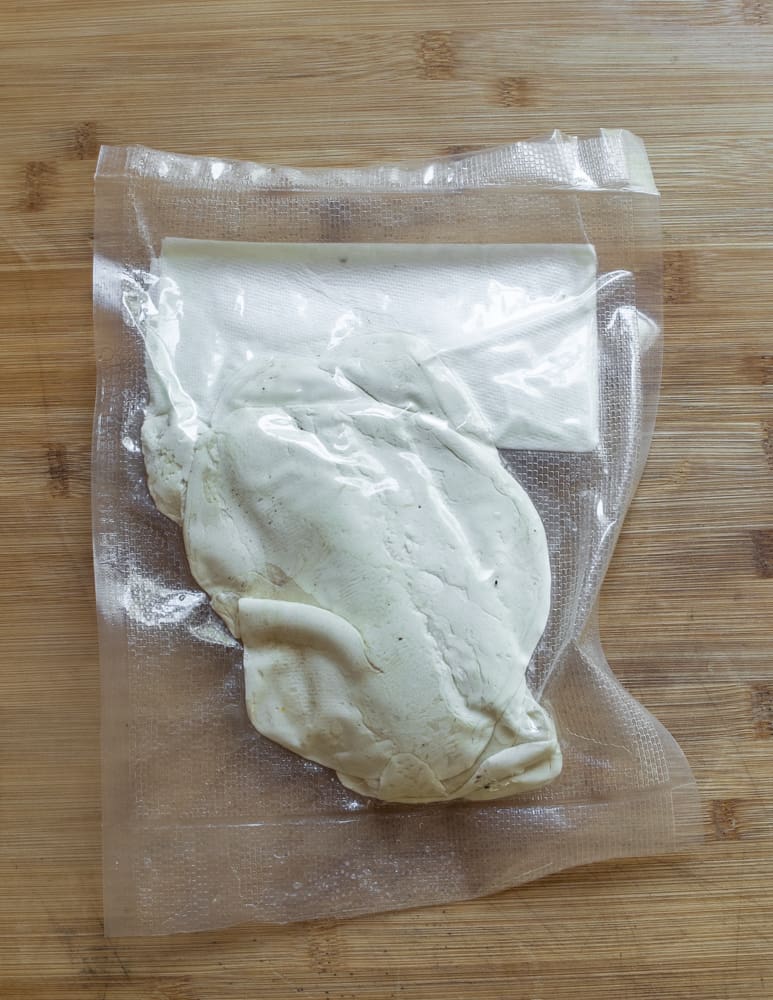
After freezing as above, the puffballs can cooked thawed or straight from the freezer, and are an ok substitute for fresh. They're fine for making something like my caramelized puffball puree.
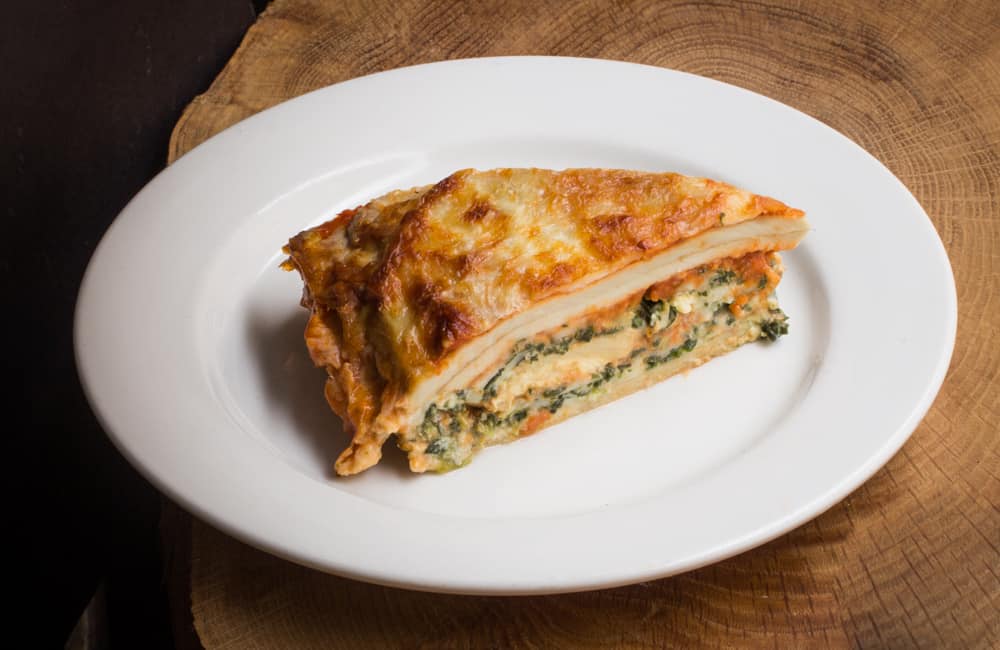
Recipes
- Puffball Lasagna
- Puffball Hummus
- Puffball Ravioli
- Cheese Stuffed Puffball Croquettes
- Puffball Gravy
- Caramelized Puffball Puree
- Puffball Dumplings
- Puffball Powder
One of my favorite ways of preserving these is a conserve, or type of pickle. The only thing you really need to know is that they have to be browned first, otherwise they will be soggy and...not good. Here's a shabbily shot home video, it may be old, but you'll get the jist.

Yahya Frederickson
Hi, Chef--
My wife and I just found a big puffball in the woods. It looks white and firm within.
I'm new to puffballs.
I think I'd like to dry it because we can't eat it all now.
Can we use pieces of dry puffballs like we use other dry mushroom, in soups etc?
Alan Bergo
Yes you can dry them. They’ll smell to high heaven while they’re drying- just fair warning. Cut them into pieces as you would add them to soup, etc. Then you can simply toss them into things.
Steve Harris
Thank you for your webpage, I found it after discovering a giant puffball up the canyon yesterday and we foraged it this morning. It fits the criteria for a giant puffball, lobulated with hight and length larger than a basketball, and now we have 1/2 in slices of puffball chilling in our fridge. It had a textured white surface to it resembling the design of a soccer ball which I have since cut off. Is this a specific species of puffball?
Alan Bergo
Hi Steve, every species of puffball is a specific species. I can't tell which one that is from text, but you could send me an email.
Kriskrafter
hi, I picked, cleaned, peeled, the most beautiful perfect white puffballs last year. (about 20 lbs of them). They were in the dehydrator within 4 hours of picking. Once ground, they have a terrible smell! Kind of like something rotten. Is this normal? Haven't used any of it yet.
Alan Bergo
Oh they stink to high heaven when dried. If they were perfectly white there's nothing wrong here.
Valerie
I'm in southern Ontario, Canada. My ex coworker harvests mushrooms, one day she hauled a HUGE pullball into the office. It was bigger than my head! She cut me a slice and explained that puffball steaks are like tvorog (Russian farmers cheese) in texture but taste like mushrooms.
Absolutely blew my mind until I read this post, then my mind was blown further that you can make lasagna sheets out of them.
Thanks for the fascinating post, chef!
Christina Verity
I have recently bought grass seed and it said on packet that there may be mushrooms growing in your garden .
I have now x3 patches of small golf ball size puffballs they are white inside but I have not tempted to eat yet will these grow bigger In time .
Angela
I have maybe the weirdest question … can you actually eat too much puffball? We breaded and pan fried a large one and it was SO good. Like just so good!! I ate five pieces (we cut the slices in half after cooking). It’s now after lunch time the next day and I am still so full I don’t want lunch. 😂 Is this normal? I’ve never eaten them before and I feel like I just ate a huge meal. Still. Today. Almost 16 hours later!!
Alan Bergo
Hi Angela. It's possible to be sensitive/intolerant to mushrooms, but this I haven't heard of before. I'd try them again in a smaller portion and see how you feel, especially if you were able to digest them without issue. Breading and frying a large one can mean a lot of different things here as puffballs can get really big. It would also be helpful to know roughly how much you ate. If you ate 2 pounds of fried mushroom, it would be easy to still be full the next day.
Kristi
I found a puffball today and it is white throughout, but has an overly thick skin. Does this mean anything? Thanks!
Alan Bergo
That just means it's a puffball. The skin is always a bit thick. It's easy to peel off, and keeps the inside clean.
allen connett
i noticed that i have both the edible puffballs and the pigskin puffballs
I've always wanted to try harvesting them though
Kristina
Can you pickle a puffball?
Alan Bergo
Yes but you should brown them first, and then use this recipe.
Kevin. M. Cox
I'm in UK I I can't find a puffball anywhere and iv been searching for years. I'm 68 and first had one when I was 18 after a friend found one. Help advise anyone
Alan Bergo
Sometimes I drive around and hunt them by car, in open fields, etc.
Perry
Me, too...Here in Missouri if I find one the size of a duck egg, that's a find! I've never eaten one, as when I lived where there were more, slightly bigger ones, I didn't know they were edible. I would LOVE to see a true giant, especially one the Chef would describes "too big to fit in my car"! As they would not ship well, I wonder if it is possible to buy some of the dried spores? We have the brown imitation PigSkin poison ones here, too and when you kick then open a tablespoon or more of pure spores puffs out. Can't people pick and sell the puffballs they find at the spore stage? Anyone know if they are sold anywhere, and how to cultivate?
Alan Bergo
You'll only see them occasionally at farmers markets. They can't be cultivated, but I like to bring them to my yard and let them decompose and spread spores. Over time this kind of "seeding" method can work to propagate them at home, but it can take years.
JD
I live in a mostly rural area of central NY state, I see giant ones quite often, sometimes almost the size of a volleyball. Unfortunately, I'm allergic so I don't pick them. I live next to a small lake outlet that is heavily wooded and sometimes they show up just past the treeline between our property and the outlet. They look delicious and everybody around here goes mad for them, I just can't eat them.
Alan Bergo
Thanks for sharing JD. That’s the first time I’ve heard of a puffball mushroom allergy.
Chris Shipman
Where are you located in Missouri? I just found some today and if you are in the St.Louis area, I'm at the border of Chesterfield and Town And Country, I'll give you a couple mushrooms.
Deborah Struharik
I am also in Missouri and found some in the woods by my home yesterday. I have lived here 34 years and never seen one bank there! I’m going out today to pick them. I am in Ballwin by Town and Country. Guess it’s Puffball season in the area!!
Nathan
One of my customers has them in her back garden in Bridgwater Somerset!
Sue Fielding
What a lucky customer you have. I adore eating puffballs. They used to grow in the playing field outside my garden gate. However much I tried to protect or disguise them the kids always kicked them away before they could grow big enough. In France, where they understand these things, they leave the puffballs to grow but cut off slices each day to cook. I live in Winsham South Somerset and have just bought some spores which I fantasise might grow in my garden. I plan to make a slurry and spread them around two young fruit trees. An impossible dream I fear but maybe..... I would love to be in touch with your customer, please.
Rod
Where are you?
Edward
I just picked them. They are the size of Golf Balls and smaller.Maggie Valley NC. I lived in West Milfords NJ.
Jude
London Borough Market - saw soccer ball sized puffball being sliced iin about 2016
Ellen Anderson
Not sure if you are still responding to this thread but I was wondering if you have thoughts on pear shaped puffballs? Lycoperdon pyiforme? I have find them every fall but have not tried eating them but I'm curious. Thanks for any reply!
Mark Rothstein
I have harvested them, sautéed them and added them to an omelette. They’re good, but have to be harvested early, meaning when they have been around for just a few days to a week. As they mature, even before they start to form spores, they develop an odor reminiscent of rubber, like tires. Just a week made the difference between good eating and Goodyear.
Don
I thank you for the preparation tips. I do have some editorial comments.
Ian
I didn't realize you could eat these! I have a crop of these every year right my yard, and could have been feasting everything September for the last 4 years had I known lol
Kathryn Lloyd
I'm not sure about this, but I'd suggest leaving some to go brown and "puff" their spores out so you'll have your ongoing supply! Lucky you. 🙂 Enjoy
Chris Shipman
The giant ones I found today seem to turn greenish inside first. They are a bit bigger than socker balls.
Dan
I use to eat them all the time when I was a kid. We would clean and slice them up dip in egg and flour and fry in oil in skillet. YUM
Alan Bergo
Yeah they can be really good. Hard to do better than the classic fried prep.
Cierra Dornfeld
I picked a few last week and fried them up.. nibbled in two bites which caused my throat and mouth to immediately itch. Took Benadryl & Claritin on the advice of my urgent care doctor— throat felt uncomfortably swollen for over 5 hours before I felt “normal.” I could always breath, but it was pretty scary!
Alan Bergo
That's good to know. Yes many people can have allergies to specific species of mushrooms.
Jen
Hi, not sure if you still see these comments, but I have a question. I'm dehydrating puffballs now and I've noticed some of the pieces are yellowing a bit in the process. They were perfectly white before I put them in. I just want to make sure they are still safe to eat. Please let me know. Thanks, Jen
Alan Bergo
They shouldn't be yellowing. That being said, as long as you can get them cracker dry, and you heat them in boiling water, gravy, etc, they would never hurt you. Make sure to test a small amount to make sure the flavor isn't too strong since yellowing/older puffballs can taint good tasting powder.
Jen
Thank you for the advice. I will do so. I powdered the rest and saved the ones that yellowed while drying in a separate bag. I'll powder them separately and give it a taste first.
Lois
Love your recipes! I have tried several for puffballs. Because they are so high in protein, I dried and powdered them and would like to add them to smoothies. Is there a reason to not use the powdered mushroom that way and not cooked as in soups?
Alan Bergo
Yes this is fine. Drying is a form of cooking and puffballs are relatively harmless as far as wild mushrooms go.